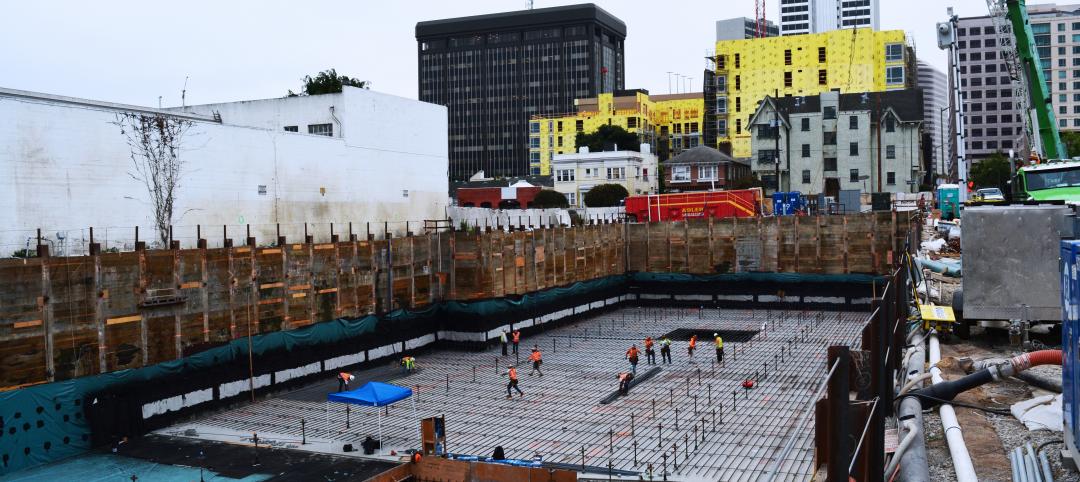The utilization of structural shotcrete for below grade foundation walls has benefits for building developers, above and beyond its performance capabilities. Time savings and material costs are so significant that using shotcrete often outweighs the potential drawbacks and risks to the building envelope – risks that are, at times, pawned off on a waterproofing manufacturer.
But manufacturers are not the ones who should shoulder this responsibility entirely. Waterproofing manufacturers need to learn how to better manage the risks shotcrete presents and simultaneously educate project teams on its less desirable traits, which tend to present challenges or create project delays. Proper consolidation of shotcrete at application can mitigate some of these issues, but there are still factors which can be problematic.
In blindside waterproofing, cast-in-place concrete walls are vibrated once they have been placed to remove air pockets and minimize large voids. In contrast, shotcrete is – literally - shot directly into place. Ideally, the shotcrete nozzleman should be highly skilled in its application, and be able to force the shotcrete onto the wall at such a high pressure that it is placed and compacted simultaneously. However, the application process lacks a mechanism for removing air, giving shotcrete the propensity to create large voids if not properly applied.
Shotcrete systems are often riddled with consistency issues that create voids in the foundation wall. This is most common along the slab-to-wall interface where rebar congestion, and the work of an unskilled shotcrete nozzleman, may produce shotcrete that falls below the 90% compaction standard.
Voids also create problems in a structural wall: They can put a lot of stress on the waterproofing system. In a laboratory setting, testing of the waterproofing system can help predict its performance, but real-world conditions are different, nuanced, and cannot be precisely replicated in a lab. As an example, a test done in lab to analyze a system’s tensile strength will be very different than the organic, real-world stresses that may be created on the same system in the field.

Waterproofing materials can only perform when properly supported, and this means owners must be willing to spend some of their savings to help accommodate the challenges shotcrete presents. Prudent investments can be made in the following ways:
- Building time into the construction schedule to address complex transition areas and areas with poor access
- Taking time to encourage proper coordination with trades: Many of the challenges found with shotcrete can be overcome with proper sequencing and discussion.
- Conducting research to utilize more robust composite waterproofing systems that leverage redundancy to help mitigate the risk associated with shotcrete
As an example, a multi-component system like EPRO’s E.Series suite of products use a pioneering, proven, system methodology called redundant field-installed composite design to keep the building envelope dry and safe from groundwater infiltration or harmful contaminants. This method requires that systems be fabricated in the field – not in the factory – using multiple protective materials designed for a specific use. This redundancy is achieved by combining different types of waterproofing materials to leverage the positive attributes of each and to eliminate a continuous seam. Within each application category, EPRO offers a good (E.Proformance), better (E.Protect), and best (E.Protect+) system, allowing for cost-efficient system and site matching.
Many of the challenges presented by shotcrete and its application can be prevented when project teams, and specifically building owners, understand that the cost savings generated with shotcrete walls is not absolute. In fact, there are more effective methods and products that can be used to protect the building envelope – ones that will protect the building and its occupants well into the future.






